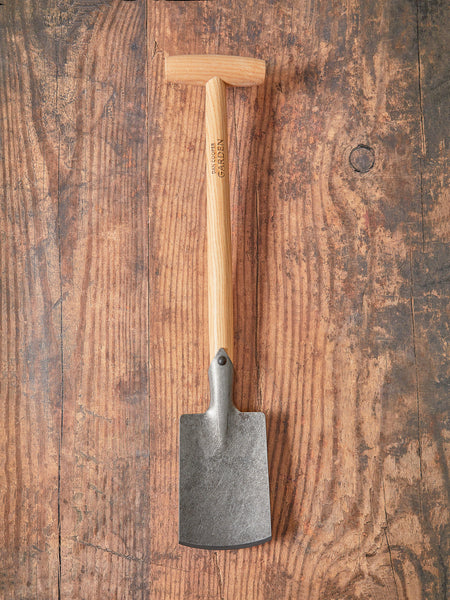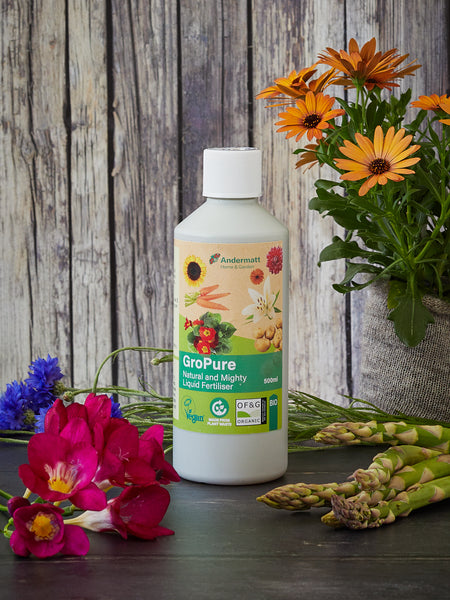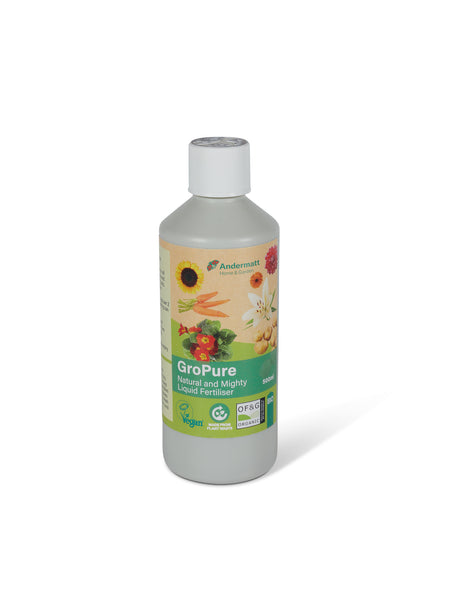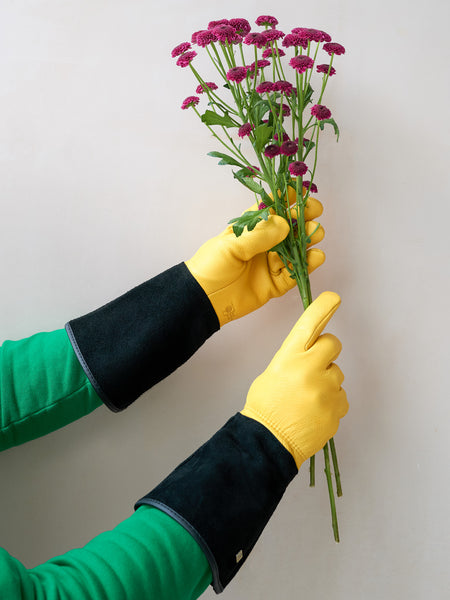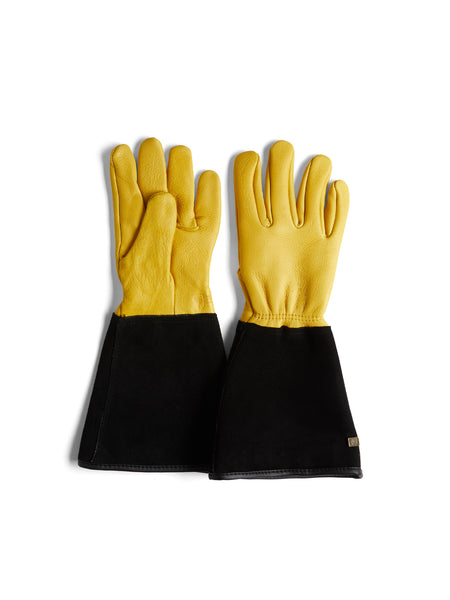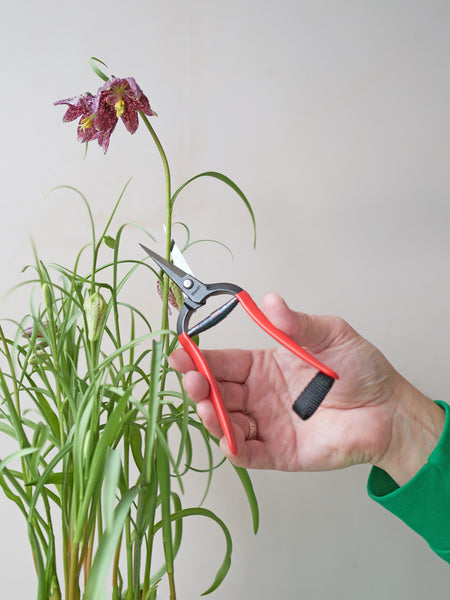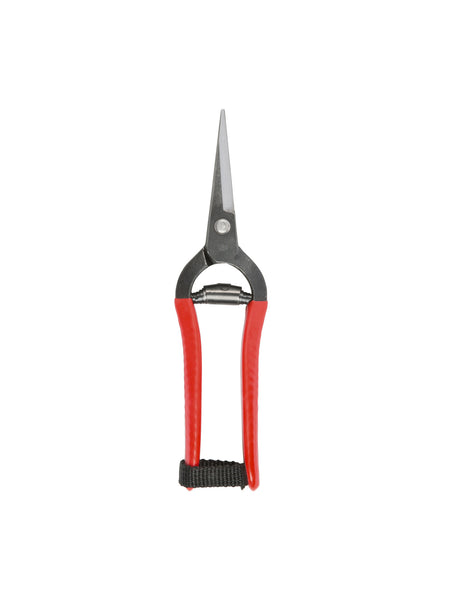Roses are one of the most popular, rewarding and easy-going shrubs you can grow. One might argue that a garden isn't complete without at least one. There are thousands of varieties to choose, from ground-covering gems to rampant ramblers, producing colourful, often scented flowers from as early as April until as late as December.
Much is written about how to prune and train roses in autumn, winter, and early spring, but how do you keep them healthy and blooming profusely over the summer months? Here are my simple summer rose care tips.

Feed
Strong, vigorous, well-fed roses shrug off pests and diseases more readily than weak, malnourished plants. They flower better too. After the first flush of blooms, a good quality seaweed or plant-based feed, diluted and applied every fortnight, will replace nutrients taken up or leached away, promoting healthy foliage and abundant flowers. You can reduce feeding in September or early October when rose growth begins to slow. Combined with a slow-release fertiliser applied in March or early April, this should be all your roses need to grow and flower beautifully all season.
Mulch
Mulching around roses with garden compost, wool, or well-rotted farmyard manure will help trap moisture, reduce the need for water, and improve soil structure around the plant. Take care not to mulch too close to the base of your rose, as this can cause the stem to rot.
Water
After a soggy spring and early summer, our roses have never looked better. In drier weather, established roses appreciate watering once a week. If you can, use a watering can and direct the spout towards the base of the plant—not a sprinkle, but a deep, hearty drink. You should water newly planted roses every other day in their first year—this may be a chore, but it’s a good investment in their future health. You can create a watering basin around your rose by pushing soil out from the base of the plant to form a circular dam, which will hold the water where it's needed.
Roses growing in containers will need more regular watering and feeding than those planted in the ground.
If you notice that your rose blooms are soft and floppy, this is likely to be a sign that more water is needed.

Protect from Pests and Diseases
Greenflies and blackflies can be nuisances on new shoots and buds. In a garden where wildlife is welcome, predators such as ladybirds and sparrows should see them off quickly. Alternatively, you can use a non-chemical treatment such as BugNet, which encases slow-moving pests in an invisible web while letting predators and pollinators go about their business.
You can’t be as laid back about black spot. If it can’t be prevented by removing and destroying infected leaves (do not put them in your compost bin!), this fungal problem needs chemical treatment. Avoid leaving prunings, spent blooms and dead leaves under or around roses as these are a breeding ground for fungal diseases such as black spot and powdery mildew.
Deadhead and Prune
Removing spent flowers, commonly known as deadheading, encourages further flowers and keeps rose plants looking neat and attractive. Use a pair of clean, sharp secateurs or snips - I prefer the latter - and cut just below the dying flower, above a leaf.
Older varieties of shrub rose benefit from a light prune once their first flush of flowers fades. Cut flowered stems back to two or three sets of leaves, just as you would if cutting flowers for a vase. You should always cut above an outward-facing bud so that new growth extends away from the plant, not back towards the centre.
Should you spy any suckers emerging from the base of your rose - these are normally long, vigorous stems with different foliage to the main plant - remove them immediately. Trace the suckering stem back to where it joins the root and pull it away cleanly.

Create Space
Roses don’t enjoy competing with other plants, so they were often grown independently in dedicated rose gardens for long periods of history. Modern gardeners are less tolerant of bare soil and the weeds that like to take advantage of it, but it’s best to avoid your roses getting swamped by surrounding plants in the long term. Good air circulation around your roses will prevent fungal diseases like black spot. Pull out or trim back perennials, annuals and neighbouring shrubs that get too cosy with your rose bushes. Use a sharp hand hoe to remove any weeds - choose a dry day and they will shrivel on the surface and return nutrients to the soil.
Plant
Container-grown roses can be planted in the garden all year round, provided you are happy to water them regularly for the remainder of the year. Dig a generous hole for your plant and incorporate a slow-release fertiliser and mycorrhizal fungi as you backfill with soil. Current wisdom says that plants establish better if planted in a square hole using a sharp spade, as new roots will develop rapidly towards the corners. The main thing is to accommodate all the woody roots and keep the plant at the same level as it was growing in its pot. The same applies when planting roses in containers - be generous with the pot size and use a peat-free, soil-based compost like John Innes Number 3.
You Might Also Enjoy


